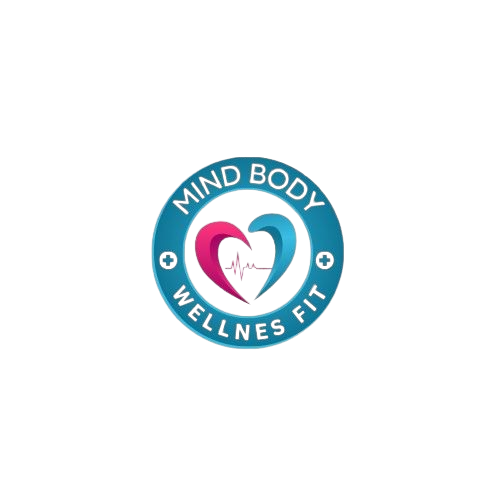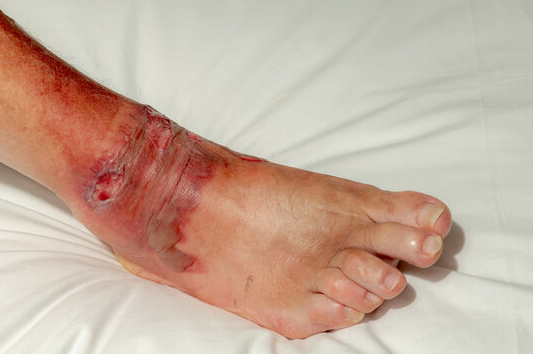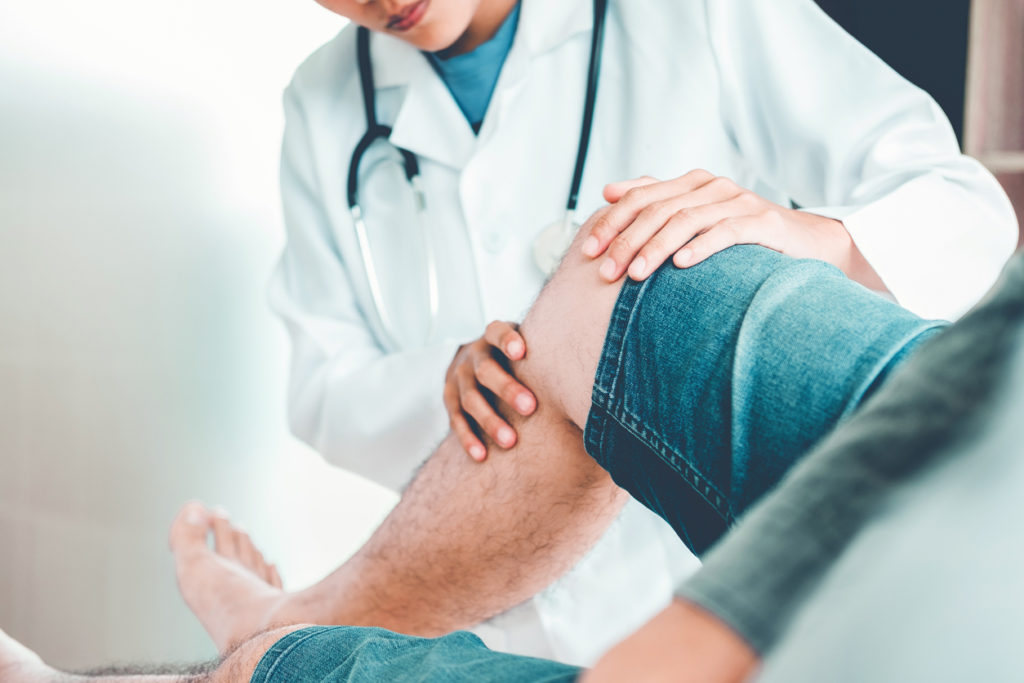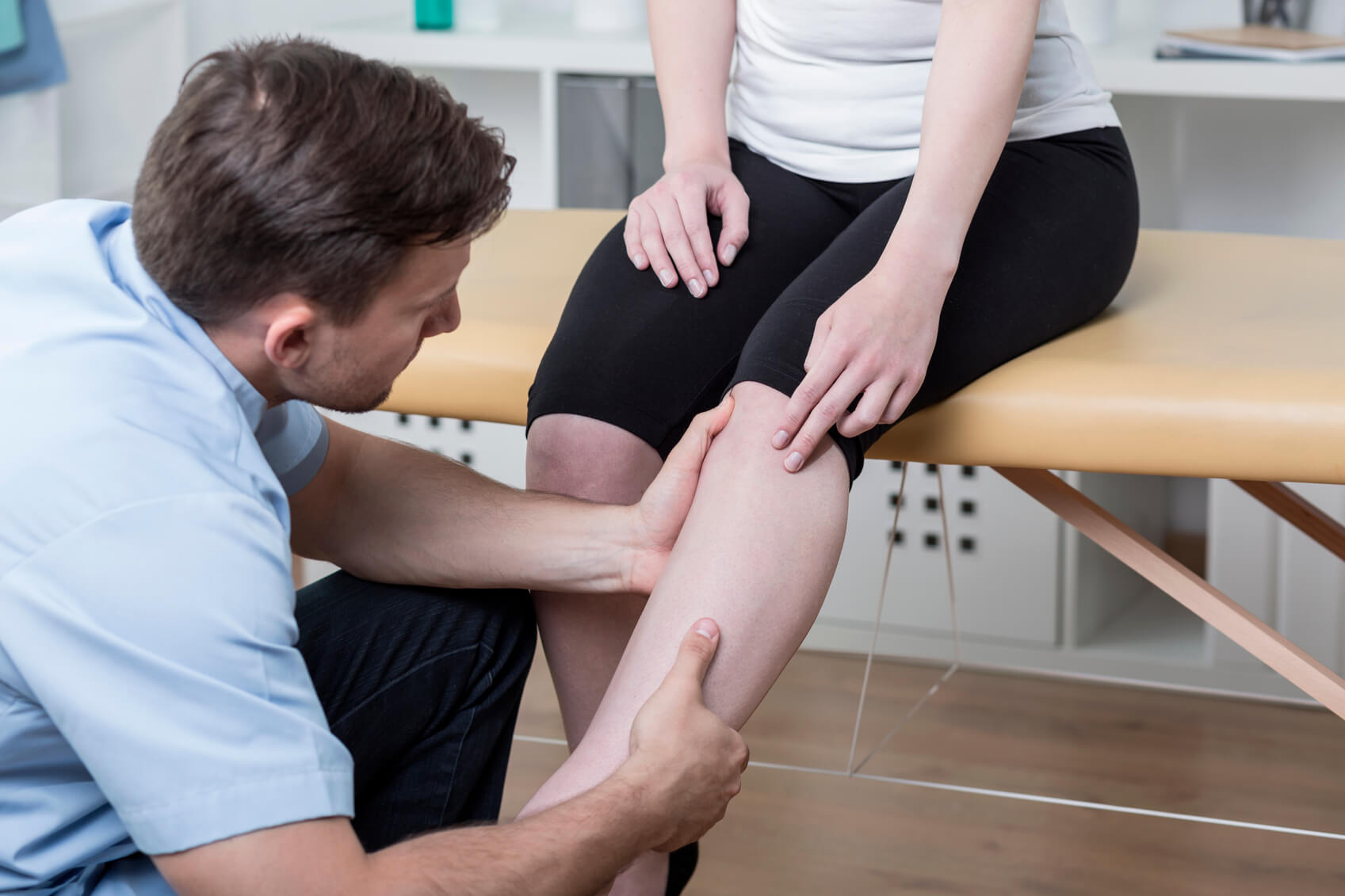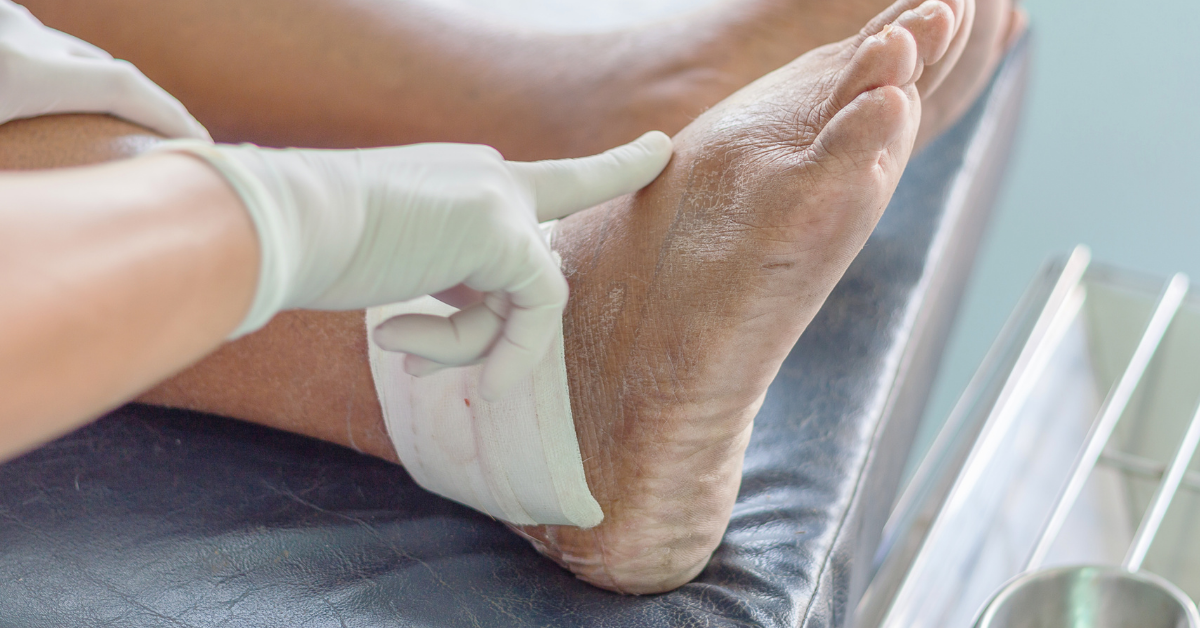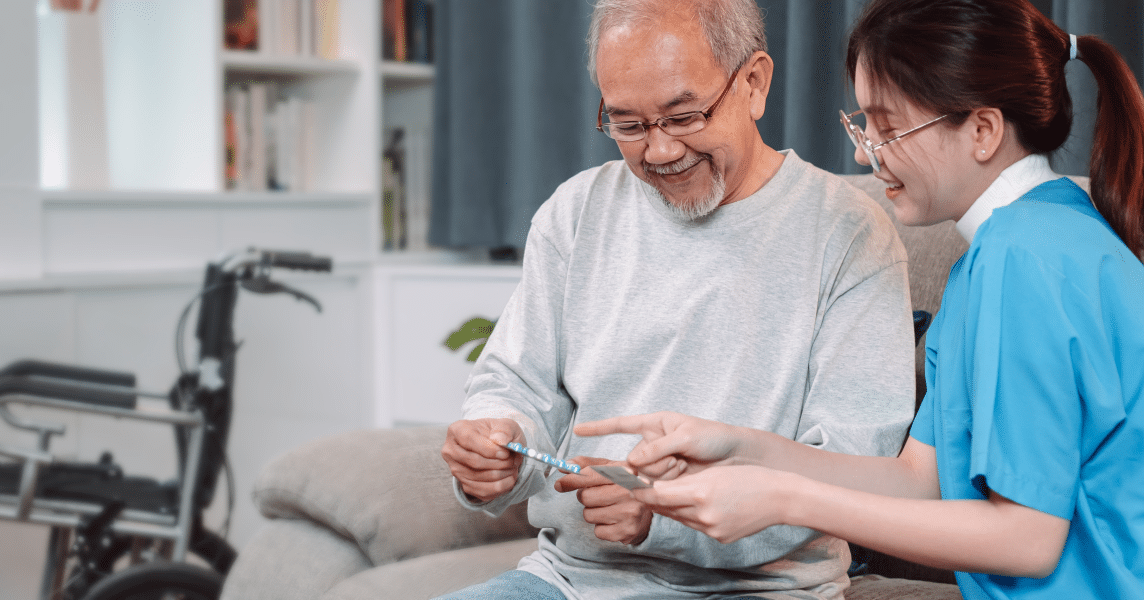Diabetic wounds, especially foot ulcers, are among the most persistent and challenging complications of diabetes. These wounds don’t just heal slowly—they often don’t heal at all without proper medical intervention. That’s where a diabetic wound doctor comes in. With specialized training and a deep understanding of diabetic complications, a diabetic wound doctor utilizes advanced diagnostic tools to deliver faster, safer, and more accurate treatment. At the forefront of such high-quality care is Kalingap Wound Care Clinic, a trusted provider known for combining compassion with cutting-edge technology.
The Complexity of Diabetic Wounds
Diabetic wounds are not just regular cuts or sores. They develop as a result of complex systemic issues such as neuropathy, poor circulation, and a compromised immune response. Many individuals with diabetes lose the ability to feel pain due to nerve damage, which means minor injuries often go unnoticed and untreated. This can quickly lead to infection or even gangrene. A diabetic wound doctor understands these intricacies and the need for thorough, ongoing monitoring. Without advanced tools, it’s nearly impossible to accurately assess the severity of damage beneath the skin or determine whether a wound is healing properly.
What Are Advanced Diagnostic Tools?
To stay ahead of complications, a diabetic wound doctor uses a range of advanced diagnostic tools. These technologies go far beyond visual assessment and simple measurements, offering detailed insights into blood flow, oxygen levels, tissue condition, and infection.
Some of the most effective tools used by diabetic wound doctors at Kalingap Wound Care Clinic include:
- Infrared Thermography: This non-invasive tool detects abnormal temperature variations, which can signal infection or inflammation before it’s visible to the naked eye.
- Transcutaneous Oxygen Measurement (TcPO2): This test measures oxygen delivery to the skin and helps the diabetic wound doctor determine if healing is even possible under current conditions.
- Near-Infrared Spectroscopy (NIRS): Used to assess tissue oxygenation and perfusion, helping in the early detection of ischemia.
- Doppler Ultrasound: A diagnostic method to evaluate blood flow and locate vascular blockages that may delay wound healing.
- Digital Wound Measurement Systems: These systems take precise, real-time measurements of wound size, depth, and volume, providing reliable data over time.
Benefits of Using Advanced Diagnostics in Diabetic Wound Care
These tools aren’t just impressive—they’re essential. A diabetic wound doctor uses them to create a tailored, evidence-based treatment plan that considers each patient’s unique condition. When utilized at Kalingap Wound Care Clinic, advanced diagnostics provide the following benefits:
- Early Detection of Problems: Subtle signs of infection or circulation issues are caught before they escalate, allowing for earlier and more effective interventions.
- Personalized Treatment Plans: Data-driven insights help diabetic wound doctors customize therapies for maximum impact, reducing unnecessary treatments and delays.
- Monitoring Healing Progress: Tools provide objective measurements that track healing, enabling quick adjustments if progress stalls.
- Amputation Risk Reduction: By understanding the internal conditions surrounding a wound, diabetic wound doctors can make informed decisions that may prevent limb loss.
- Better Long-Term Outcomes: The use of advanced diagnostics significantly increases the chance of full recovery while minimizing complications.
How Diabetic Wound Doctors Apply These Tools in Practice
The patient journey at Kalingap Wound Care Clinic often begins with a thorough consultation, where the diabetic wound doctor reviews medical history and performs a comprehensive examination. Advanced diagnostics are then used to evaluate the wound and underlying conditions.
Based on findings, a tailored treatment plan is developed. This may include offloading techniques, specialized dressings, infection control, and referrals to vascular specialists if needed. Throughout the healing process, digital measurement tools are used at each follow-up visit to track progress, document changes, and update the care strategy. This approach ensures accountability, accuracy, and optimal healing.
Choosing the Right Diabetic Wound Doctor
Not all clinics offer the same level of care or access to advanced diagnostic tools. That’s why it’s essential to choose a diabetic wound doctor who is trained, experienced, and backed by a facility that invests in technology. At Kalingap Wound Care Clinic, patients benefit from the latest tools, a compassionate team, and a clear commitment to healing. When choosing a provider, ask about the types of diagnostics they use, their success rates, and how frequently they monitor wound progression.
Takeaway
Advanced diagnostic tools have revolutionized the way diabetic wound doctors approach treatment. These tools empower clinicians to detect problems early, monitor healing with precision, and avoid the severe complications that can result from untreated wounds. For anyone struggling with a diabetic foot ulcer or non-healing wound, seeking out a diabetic wound doctor who leverages this technology is essential. Kalingap Wound Care Clinic stands out as a trusted name in diabetic wound management, providing the tools, care, and expertise needed to heal with confidence.
FAQ Section
Q1: Are advanced wound diagnostics covered by insurance?
Most insurance providers recognize the importance of diagnostic testing in wound management. Coverage may vary depending on the specific tool and plan. It’s best to check with both the clinic and your insurer.
Q2: Do all wound care clinics use these advanced technologies?
No. While many claim to offer comprehensive care, only specialized clinics like Kalingap Wound Care Clinic consistently use a full range of advanced diagnostic tools.
Q3: Can these tools help avoid amputations?
Yes. By identifying circulation problems, infections, and other hidden issues early, diabetic wound doctors can take action that dramatically reduces the risk of amputation.
Q4: How often should I see a diabetic wound doctor?
Patients with active wounds should be monitored regularly—typically once a week or more, depending on the severity. A diabetic wound doctor at Kalingap Wound Care Clinic will tailor the follow-up schedule to your specific needs.
